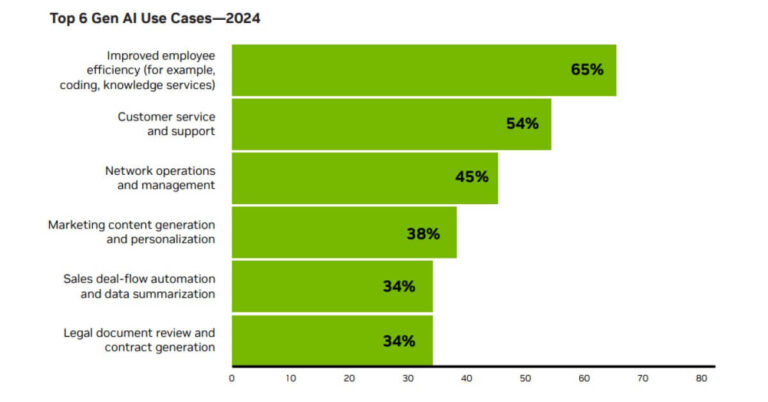T-Mobile’s auction of its 800 MHz spectrum is garnering significant attention, not only from traditional wireless carriers but also from utilities and engineering firms. This development comes as T-Mobile seeks to offload a substantial portion of its low-band spectrum, initially set aside for Dish Network. Here’s a detailed look at the unfolding scenario.
Dish Network Seeks Extension Amidst Growing Interest in 800 MHz Spectrum
Earlier this month, Dish Network requested a 10-month extension to purchase T-Mobile’s 800 MHz spectrum licenses from the U.S. District Court for the District of Columbia. Dish was granted first rights to this spectrum as part of the T-Mobile and Sprint merger agreement, aimed at establishing Dish as a fourth facilities-based carrier in the U.S. However, Dish’s financial constraints, specifically the lack of immediate $3.5 billion required, have necessitated this extension plea.
While Dish awaits the court’s decision, Burns & McDonnell (B&M), an engineering and consulting giant, has shown interest in the spectrum. B&M has filed a petition to participate in the court proceedings, indicating a willingness to step in as a potential buyer should Dish’s extension request be denied. According to NSR analyst Blair Levin, B&M might represent a coalition of electric utilities that need the spectrum for their private networks.
Utilities and Engineering Firms Eye T-Mobile’s 800 MHz Spectrum
B&M’s involvement appears to be supported by a coalition of electric utilities, a significant client base for the firm. According to a research note from New Street Research (NSR), B&M could be acting as a proxy for these utilities, which require low-band spectrum like the 800 MHz for their private wireless networks. These utilities have been collaborating with Anterix, a company that holds substantial 900 MHz spectrum licenses, but the limited nationwide availability of this spectrum makes T-Mobile’s 800 MHz offering particularly attractive.
Anterix Strengthens Position in Utility Spectrum Market
Anterix, chaired by Nextel co-founder Morgan O’Brien, has been instrumental in assembling 900 MHz spectrum licenses, focusing on utility customers. Despite the ongoing auction, Anterix remains optimistic about the continued interest in its spectrum holdings. The company has successfully inked agreements with several utilities, including Ameren, Evergy, San Diego Gas & Electric, and Xcel. Anterix is also enhancing its 900 MHz offering by developing an ecosystem of equipment and services to appeal to risk-averse utility companies.
Anterix recently signed its largest deal to date, selling 6 MHz of its 900 MHz spectrum to Texas utility Oncor for a total of $102.5 million. Oncor provides electricity to around 13 million people using 143,000 circuit miles of transmission and distribution lines. This deal underscores the growing demand for dedicated spectrum among utility companies.
Utilities Wait for T-Mobile Auction Outcome for Spectrum Purchases
Utilities are strategically delaying their spectrum purchases, waiting for the outcome of T-Mobile’s 800 MHz auction. For example, Bluewater Wireless, which owns 600 MHz spectrum across major U.S. cities, has seen limited interest from utilities, as they prefer the broader coverage of the 800 MHz band. This wait-and-see approach highlights the strategic importance of the T-Mobile auction in shaping utilities’ private wireless network plans.
Earlier this year, Bluewater agreed to sell $27 million worth of its spectrum holdings to Memphis Light, Gas and Water (MLGW). The utility plans to build a private wireless network with that spectrum for grid monitoring and other applications. However, other utilities are holding back, waiting to see the result of T-Mobile’s 800 MHz auction before committing to similar purchases.
Uncertain Future of T-Mobile’s 800 MHz Spectrum Auction
T-Mobile’s auction of the 800 MHz spectrum is crucial, especially as Dish Network faces financial challenges and potential bankruptcy. Should Dish fail to secure the necessary funds, B&M and other entities like AT&T and Verizon may step in as potential buyers. However, the financial stability of these traditional carriers is also under scrutiny, making the auction’s outcome uncertain.
According to financial analysts at TD Cowen, AT&T and Verizon are among the most likely buyers of the 800 MHz spectrum. However, both companies are currently focused on shoring up their finances, which may affect their ability to participate aggressively in the auction. This financial uncertainty among traditional carriers opens the door for non-traditional players like utilities and engineering firms to potentially secure valuable spectrum assets.
Impact of Utilities’ Interest in 800 MHz Spectrum on the Wireless Sector
The involvement of B&M and the utilities in the 800 MHz spectrum auction underscores a significant shift in the wireless industry. Utilities’ interest in low-band spectrum for private networks could lead to a more diversified ownership of spectrum, beyond the traditional wireless carriers. This could enhance the deployment of 5G and other advanced communication technologies, particularly in areas like grid monitoring and other critical infrastructure applications.
NSR cites B&M’s petition saying it wants to participate in the 800 MHz proceeding as a buyer in an auction if the court denies the Dish extension request. In its filing, B&M asserts that these infrastructure operators are in an excellent position to aid in closing the digital divide with 5G and open radio access technologies.
Levin said the court is likely to grant the motion. However, that’s not an indication of how the DoJ or the court will view the merits of the B&M petition.
Having B&M in the mix offers an alternative to just having the incumbent operators participate in an auction should Dish fail to get more time to buy it. But the DoJ is still in a tricky situation.
The Future of Spectrum Utilization and Private Wireless Networks
As T-Mobile progresses with its 800 MHz spectrum auction, the dynamic interest from various sectors, including engineering firms and utilities, highlights the evolving landscape of spectrum ownership. The decision on Dish Network’s extension request and the subsequent actions of potential buyers like Burns & McDonnell will significantly influence the future of spectrum utilization in the U.S. The auction’s outcome will not only determine the next owner of the 800 MHz spectrum but also shape the strategic direction of private wireless networks and 5G deployment across the country.






















